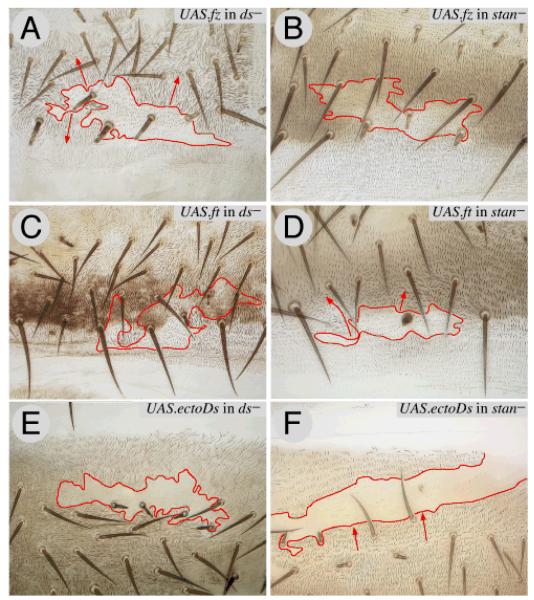Figure 2. The Ds and Stan systems are different and independent.
This figure compares the effects of driving Fz, Ft and ectoDs (a particularly potent signalling form of Ds) in clones in flies lacking either the Ds or the Stan systems.
Clones overexpressing fz (UAS.fz) reverse the polarity of wildtype cells over a short range (Lawrence et al., 2004) but they reverse polarity of ds− cells over a longer range (2A). UAS.fz clones have no effect in stan− flies (2B).
UAS.ft clones reverse the polarity of wildtype cells in front of the clone (Fig 3A), but have no effect in ds− flies (2C); the same clones reverse polarity of stan− flies (2D)
Clones overexpressing ectoDs reverse the polarity of wildtype cells behind the clone (Fig 3C), but have no effect in ds− flies (2E). These UAS.ectoDs clones reverse polarity of stan− flies (2F). Clones marked with pwn (A-D), and pwn sha (E, F). As in all the figures (except Fig 7), anterior is towards the top, red lines outline the clone and red arrows indicate imposed polarity.

